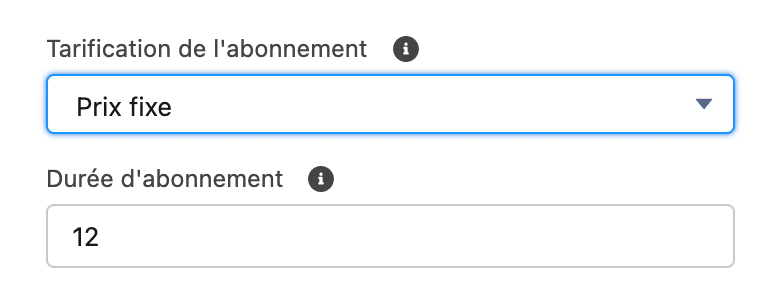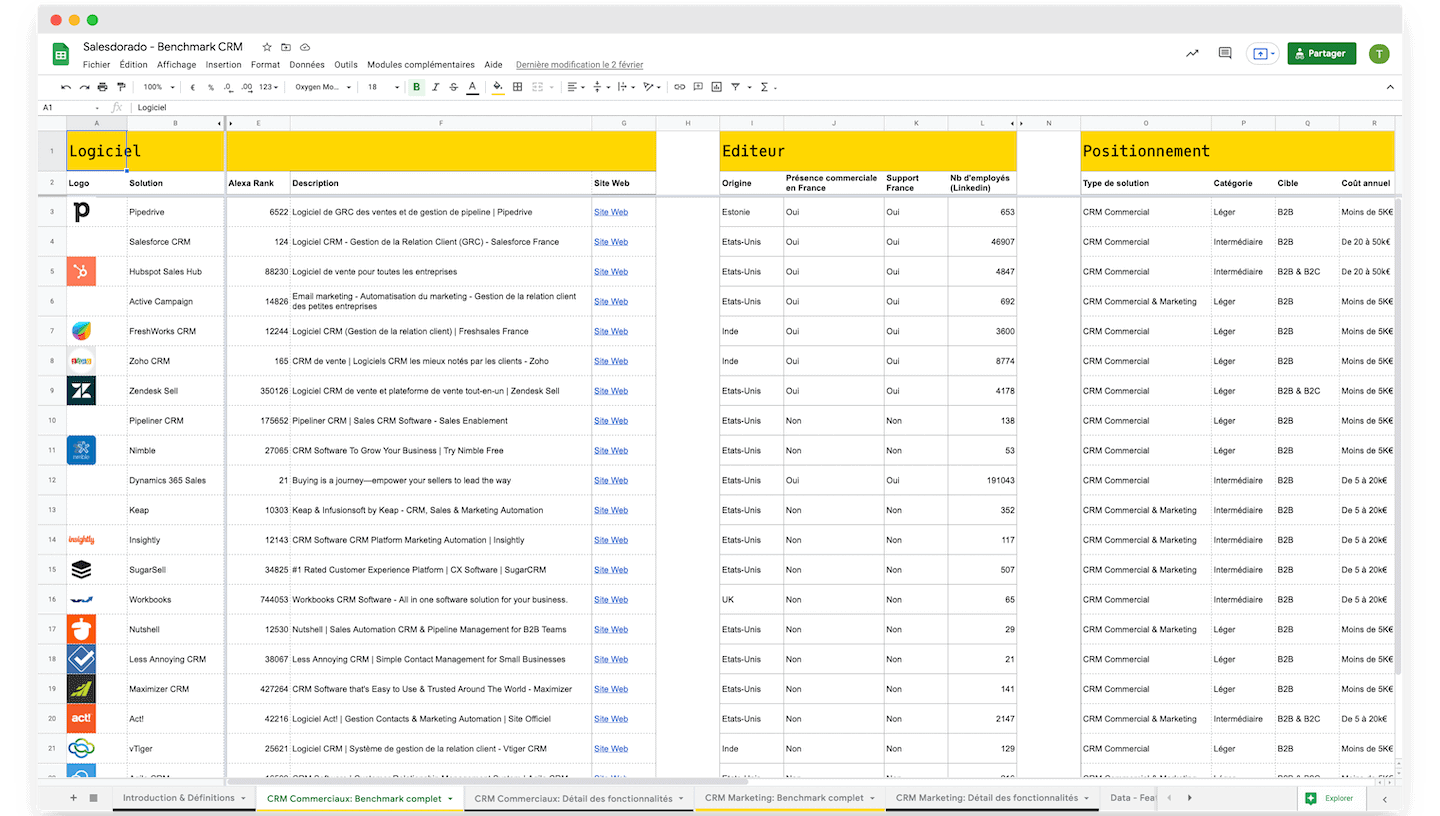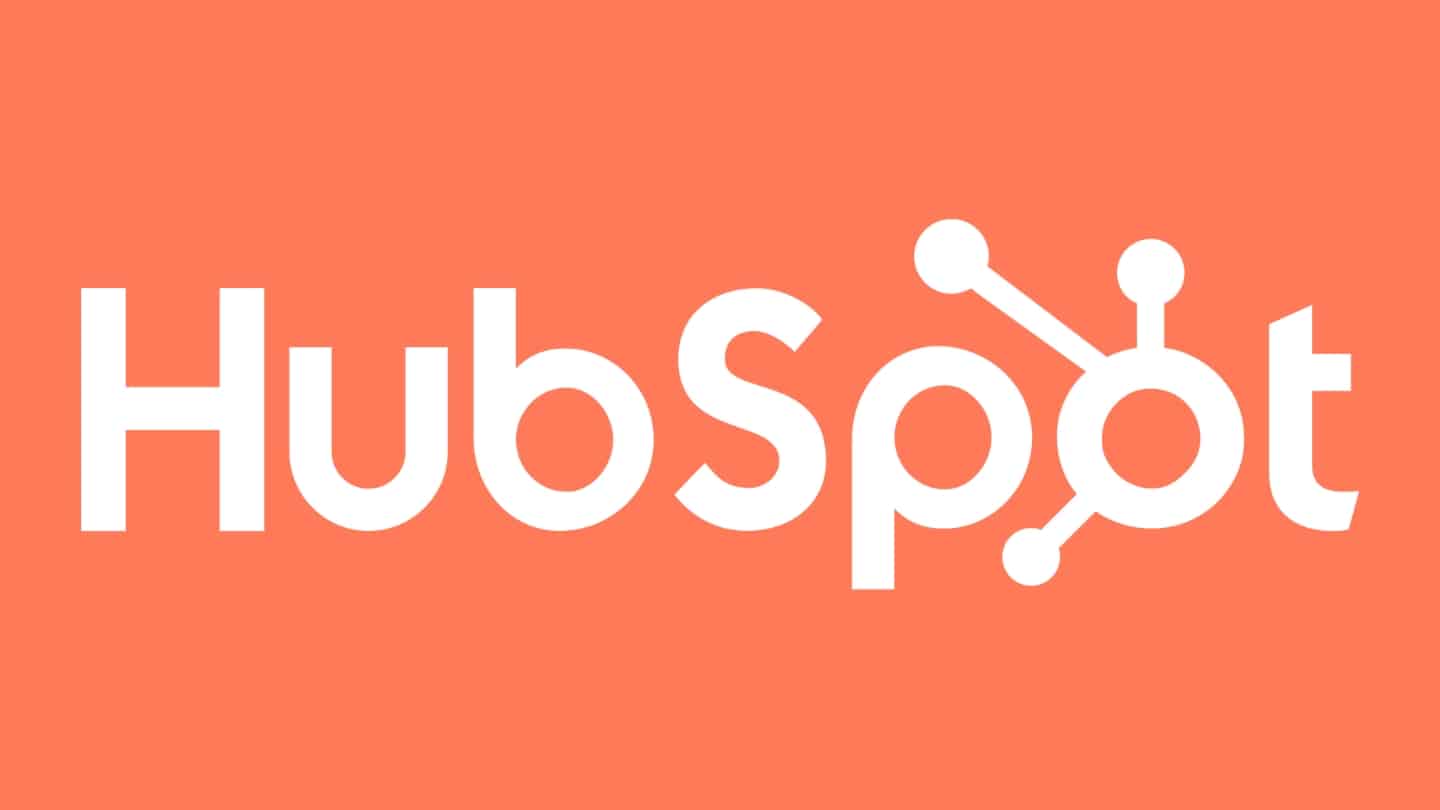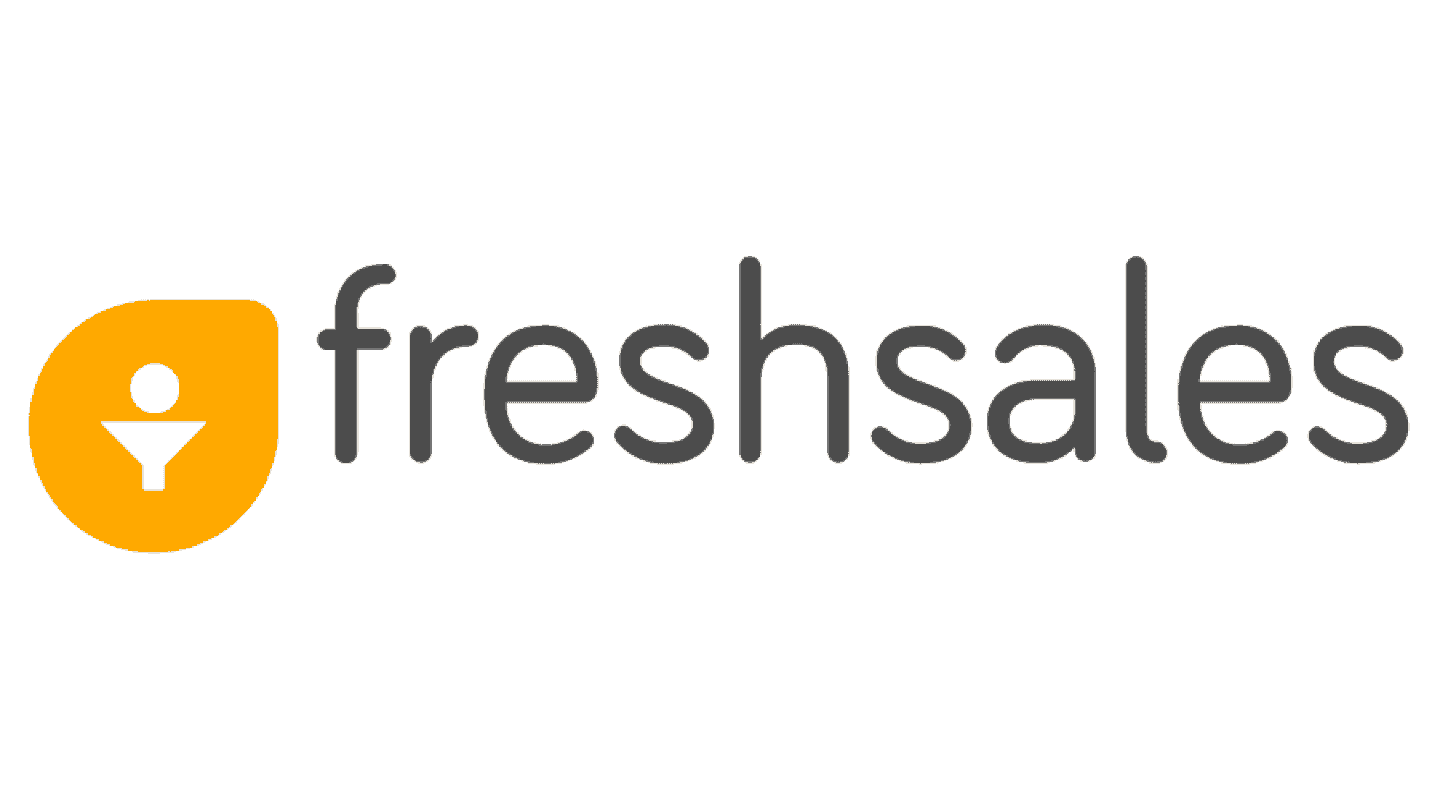To ensure the success of a Salesforce CPQ configuration project, I advise my customers to follow these 5 steps:
- Take the time to define the attributes of your products,
- Choose screens for your sales force,
- Define your calculations,
- Define your allocation rules,
- Only at the very end, draw up your quotation.
This involves a great deal of work in structuring your requirements even before launching your CPQ project, to make sure that the final document matches your vision – in particular your functional requirements, from language to contract and amendment management, not forgetting integrations with your software ecosystem.
Sommaire
The 5 stages of a Salesforce CPQ configuration project
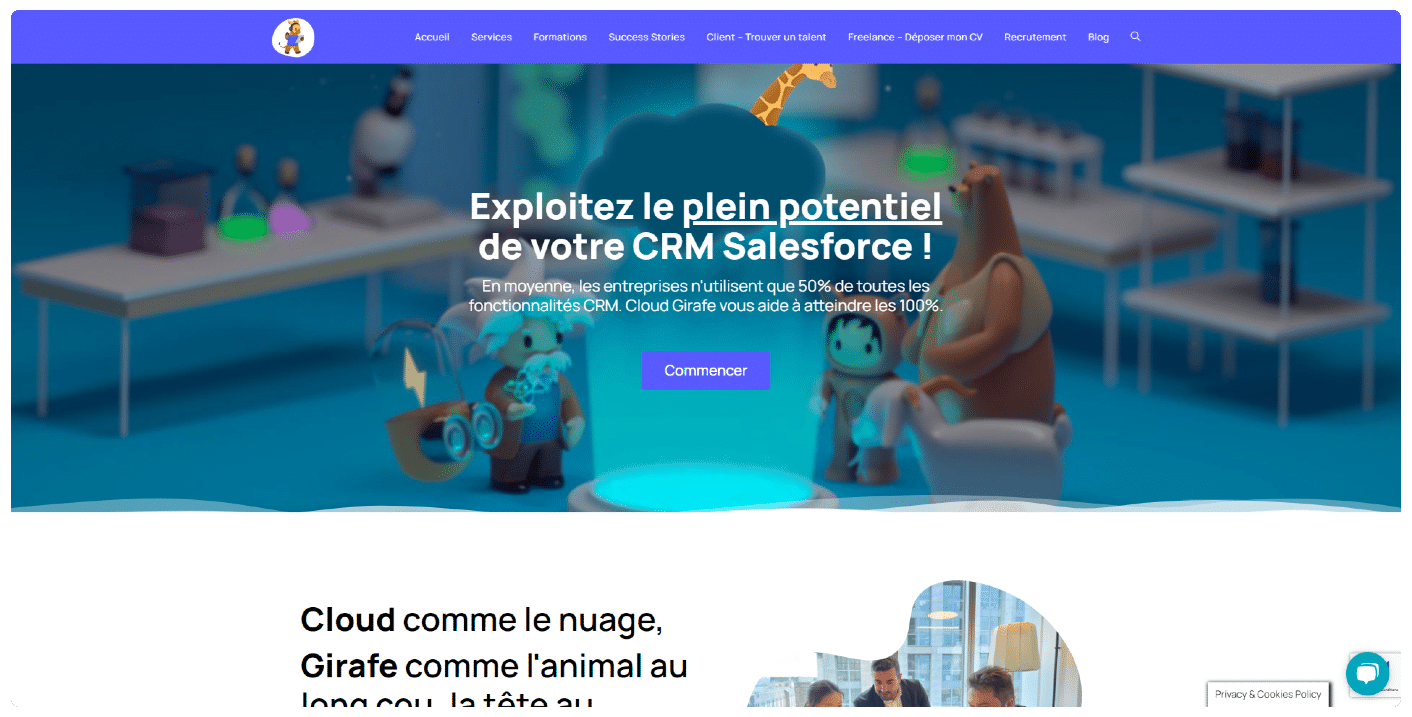
#1 Define the attributes that characterize your products
The first step is to precisely define the attributes that characterize your products – and they’re not the same, depending on what you’re selling. This allows you to build your catalog according to these criteria and start importing files from Excel files.
For example, if I’m selling batteries, interesting attributes to remember might be battery life and weight. Whereas these same attributes are meaningless for another business. Salesforce CPQ provides numerous standard attributes, such as product family, product code (a must!) and description.
What’s more, depending on your interactions with the back office, you may need to multiply certain products.
For example, if you sell T-shirts, the customer needs to know the size and color: for you, these are simple indications in the quotation, but the back office will surely manage this with separate products – size, color, etc. – and the customer will need to know the size and color.
Another B2B example: I sell accounting services, in the form of 3 product families:
- Off-the-shelf projects: balance sheet, articles of association, etc.
- Number of days of consultancy, the cost of which depends on the consultant’s profile
- Subscriptions: bookkeeping, administration, etc.
I also create package deals – for example, balance sheet + bookkeeping.
When setting up, it is imperative:
- distinguish subscriptions from one-shot products
- distinguish between different product families
- identify products that can be sold as part of an offer or on their own
And all this, without ever asking the question of pricing, which we leave to a later stage (otherwise it adds too much complexity to this stage and risks derailing the project).
The next step is to create product attributes. How do I define attributes? These are fields that you create at product level for various reasons:
- make a grouping
- trigger special treatment
- aggregate data
For example, if you need to calculate the cost of shipment by post, it’s a good idea to add a “Weight (Kg)” field to the product object, so you can calculate the total weight to be delivered.
Another example: if a certain number of products must trigger the addition of a clause in the quotation sent to the customer. To do this, simply add a checkbox to the products concerned.
#2 Define screens for your sales force
Your sales reps need clear screens to help them build a quote as quickly and easily as possible.
Here are the main screens to consider:
The Salesforce opportunity screen: it’s often forgotten, but it’s bound to be impacted by the arrival of CPQ. Certain fields become necessary, such as the contact to whom the quotation is addressed, the service start date, the ARR, etc. Sometimes you’ll even need to add new statuses such as “quotation in the process of approval”, “quotation sent”, etc.
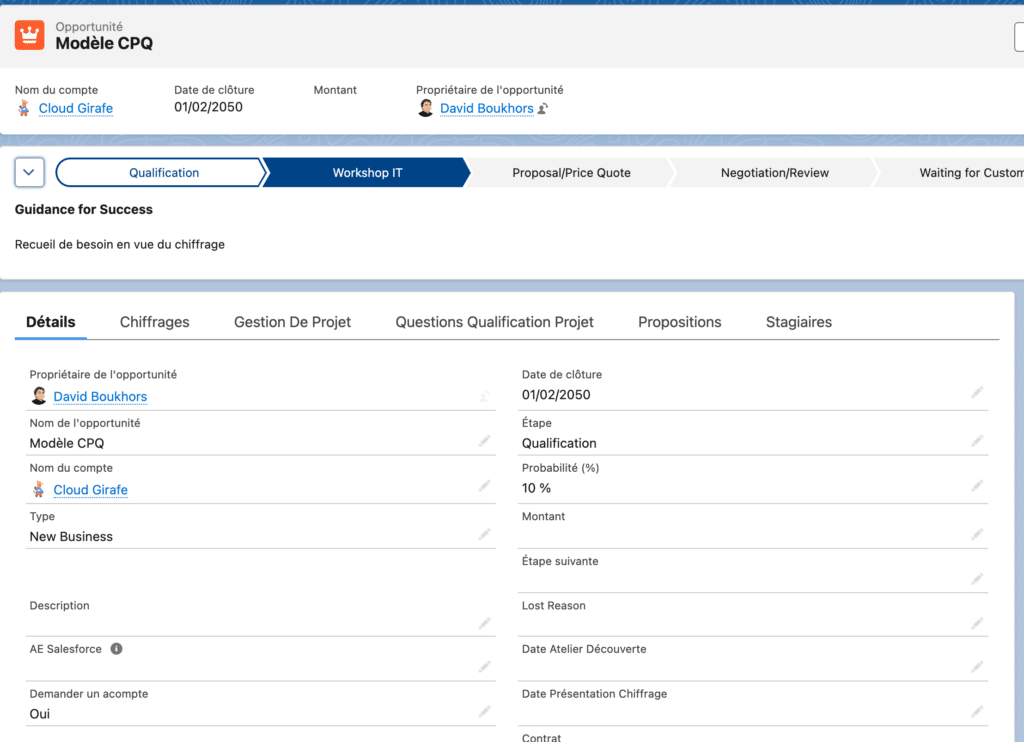
Salesforce quotation screen: this screen displays the basic quotation data and allows you to enter the CPQ screens, or generate a PDF quotation for the customer.
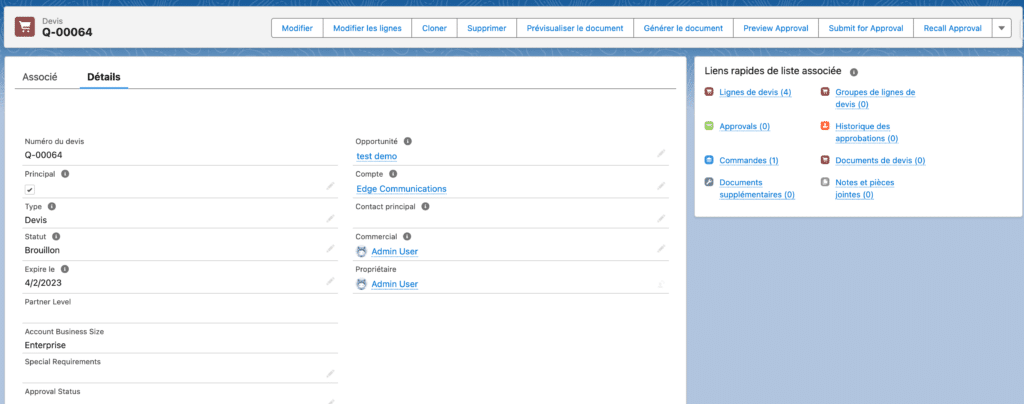
The Quote Line Editor (QLE) screen: this is the most important CPQ screen. It displays all the products in the quote, along with their quantity, list price and sales price. The screen lets you add products from the chosen catalog, and display interesting aggregate fields (service family total, total discount amount, stock to insure, etc.).

Product selection screen: allows you to choose the products you want. Note that you can create “Custom Action” buttons, allowing you to pre-filter by family, or by other selection criteria. You can quickly select a product based on its product code, name, etc.
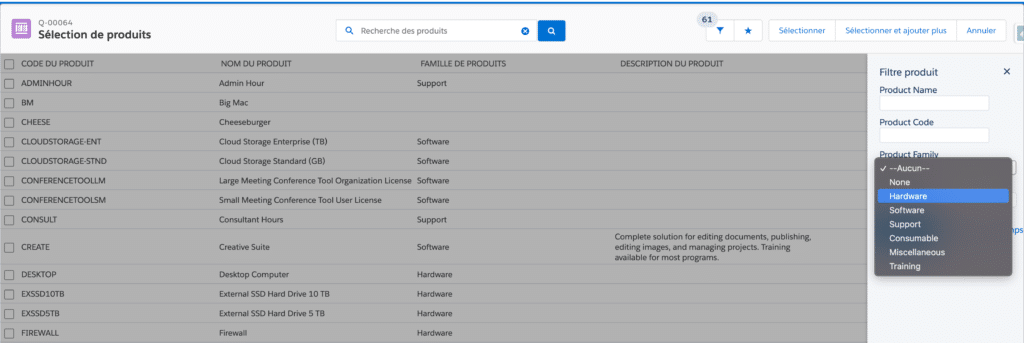
The configuration screen: this is where you configure your bundles. It allows you to choose the options included in your offer. Your CPQ administrator can make data entry easier for you, by applying compatibility rules, exclusion rules and automatic entries according to your choices.
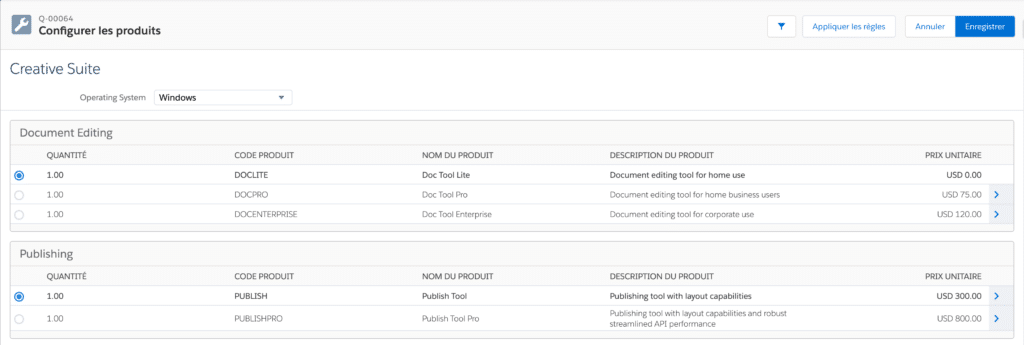
Going further
Salesforce CPQ guided-selling is a powerful tool that will enable your salespeople (even beginners) to ask your prospects the right questions, and deliver an optimized quote in no time. Custom actions” enable your sales staff to quickly select products by family, while “product rules” allow them to automatically add essential products to the quote. (warranty, transport costs, insurance, etc.).
#3 Define calculation rules
You will now define one by one all the values to be calculated:
- Complex tariffs based on grids
- The seller’s commission
- Automated discounts
- VAT
- Etc.
Something to keep in mind
It’s imperative to follow this step only after you’ve ensured that all products are well constructed and that nothing is missing. At the risk of having to start from scratch.
CPQ features a powerful calculation engine. You can, of course, calculate a total VAT amount, the total weight of items, and sum, subtract, divide and multiply all available information.
Here’s a concrete example: if I’m selling computer hardware and wifi routers, with one router capable of supporting 6 connections, I can automatically calculate the number of routers required based on the other elements of the quote.
Even better! I can also rely on previous purchases. This also applies to the calculation of discounts. I can therefore offer a discount based on the quantity purchased in this quotation, but also on quantities already purchased in the past.
#4 Define approval rules
Now it’s a question of control, by setting up the Approval Process, which will be triggered under certain conditions. The principle is simple: your sales representative needs to obtain validation before sending the quote to the customer.
Here are 3 classic examples of approval:
- Product presence requires product manager approval
- Total % discount requires sales manager approval
- Payment terms or customer solvency require verification by the legal team
To easily set up this approval, I recommend that you draw up a table of all possible cases beforehand.
Something to keep in mind
Make sure you cover all possible cases, and avoid redundancy.
And if Sales Cloud’s standard approval engine doesn’t suit you, you can opt for Advanced Approval.
Salesforce’s Advanced Approval is a (really) powerful tool that allows you to go much further, using more intelligent mechanisms:
- Delegation can be scheduled during an employee’s leave.
- Smart Approval: 20% of discounts have already been approved, so there’s no need to go through the same approval chain again when a change is made to the quote.
- Dynamic calculation of approvers for large organizations.
- Approval of multiple chains in parallel (perfect for getting rid of bottlenecks when one team approves slower than the others).
#5 Draw your specifications
Once your CPQ is ready for your sales force, all that’s left to do is build the template for your quotations. Above all, remember that your customers will only have access to your quotation in PDF format.
So it’s all the more important to make it pleasant to read, and above all with all the useful information. Here are a few examples of essential elements to include in your quotation:
- Your graphic charter.
- Your company details.
- Your customer’s contact details.
- Your sales representative’s contact details.
- A clear list of services and products sold.
- A separate list for subscriptions, indicating start and end dates, as well as renewal conditions.
- Terms of payment.
- A signature insert.
- Your company’s legal information and, if applicable, your bank details.
If your quote is dynamic, build smart! Instead of creating a new quotation template for each situation, consider creating quotations with dynamic sections based on certain criteria. Administrators who have to maintain and upgrade your quotation templates will be delighted!
4 things to know before starting a CPQ project
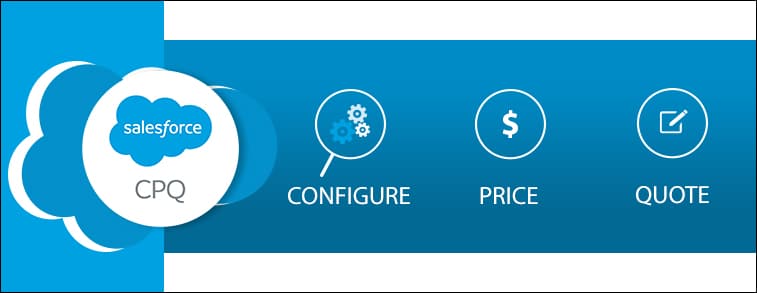
#1 Your CPQ processes depend on your product catalog
A warning that may seem obvious but is essential: before starting a CPQ project, make sure that your catalog is up to date and that you don’t intend to modify it immediately.
I have an example of a customer who launches a CPQ project in September, knowing that he’ll be changing his catalog in January. He takes the risk of having to redo everything, and derail the whole project.
#2 Don’t tackle calculation rules too early
The principle of a CPQ project is that there really is an order to it:
C = Configure. Make sure you know how to build your offers in the tool, with consistent options, and automatic option additions. For example, automatic shipping costs based on item weight.
P = Price. Above all, don’t start this stage too early! If the product is not configured correctly, do not attempt to calculate a price.
This section includes discounts. CPQ offers System discounts (for example, automatic discounts when a certain quantity is taken, or according to a framework agreement with the customer), and discretionary discounts, entered by the salesperson.
Q = Quote, the document you send to the customer.
#3 Be sure to define the target vision for the final document
Namely: in the Anglo-Saxon model, a quotation doesn’t have to be beautiful, it just has to be formal. Whereas in France, we pay particular attention to the document to be signed by the customer. That’s why it’s not uncommon to use tools such as Conga Composer or Docusign Gen to complement CPQ.
My advice
The CPQ offer includes Docusign Gen or Conga Composer in the license.
#4 Use Custom objects on the side!
Remember to use tables/objects alongside CPQ.
For example, to manage a promotional code, create an independent table with the following information:
- Promotion start date
- Promotion end date
- Product concerned
- promotion % to be applied
- etc.
This means that the person in charge of promos doesn’t need a CPQ license, and can handle this part without the need for CPQ training.
Avoid putting too many “hard” rules in the tool. It’s better to think in more general terms and make things more variable. It’s the same for calculating salespeople’s bonuses: it’s better to create a table containing the rules.
Define the functional requirements for your CPQ project
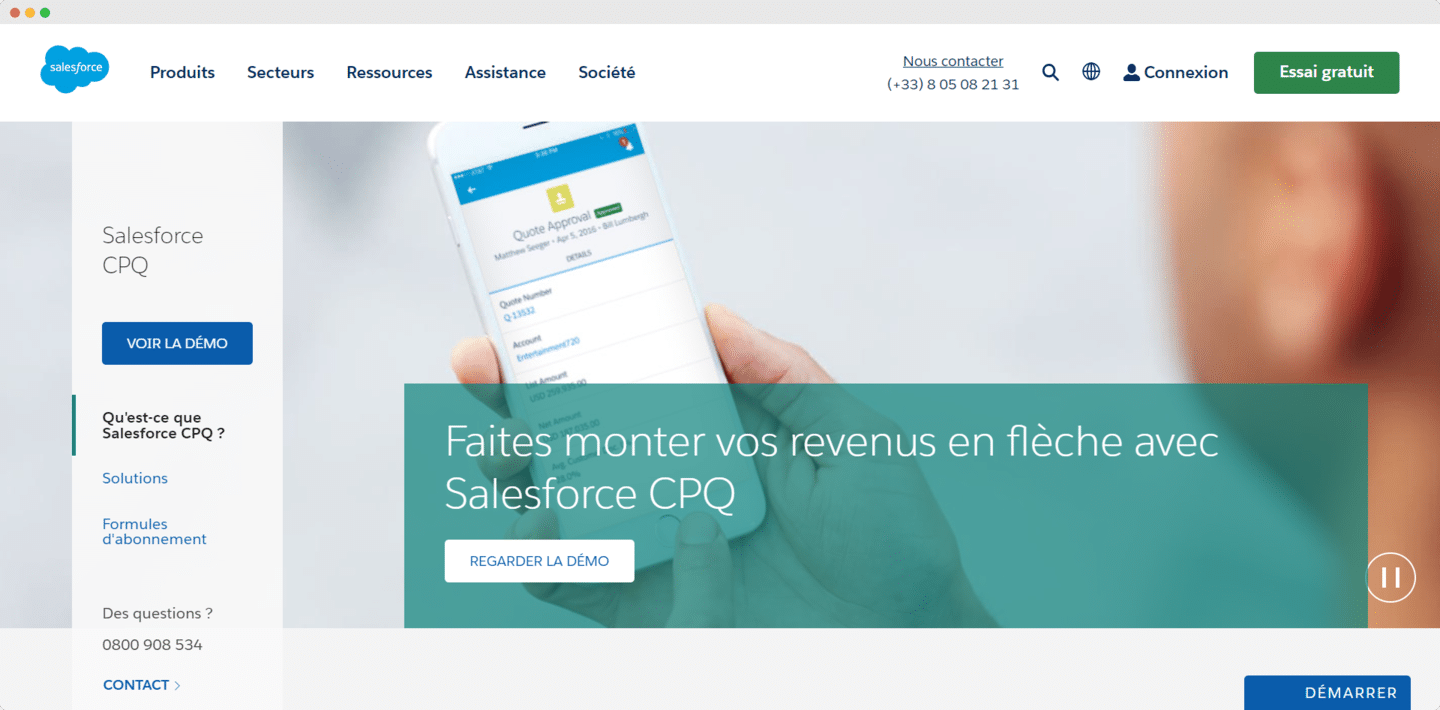
Your company’s list of functional requirements can be titanic. Be careful to prioritize your needs so as to respect those with the highest added value.
The costs and effort involved in implementing a CPQ project increase considerably if all the “out-of-the-box” functionality has to be customized. My advice is to get a feel for CPQ solutions first, using standard features and workflows.
To define your list of functional requirements,
- Make sure all your requirements are listed and prioritized (critical, high, medium, low) according to the CPQ project’s main value drivers.
- Make sure that the standard features of your CPQ solution correspond to your priority requirements, and only consider customization at a later stage.
#1 Multi-currency and multi-language
CPQ supports all Salesforce languages and multi-currency. To manage the use of several languages at once, CPQ uses a very powerful “Localization” object.
It goes further than the standard Salesforce translation. Here you can translate any text field present on the product object. In other words, the same product could be called Mouse in English, and Souris in French. Multilingualism affects not only the end customer who signs the quotation, but also your sales rep who uses CPQ.
This allows you to sell products in any language, which is very useful if your company has acquired a foreign company.
Multi-currency operation is identical to the Salesforce standard. You choose a main currency for your environment. All reports can aggregate data in this currency. You define the exchange rates, either annually or over defined periods. You can even use third-party tools to automatically fill in exchange rates.
#2 Subscription and renewal management
To manage subscriptions and renewals, the first step is to clearly define the management rules.
The capital fields for defining a subscription are located on the product object:
- Subscription Pricing: you select “fixed price” if the price depends on a catalog and commitment period, or “percentage of total” if the price depends on other elements of the quote (for example, a 1-year warranty worth 12% of the total Hardware family products in the quote).
- Subscription Term: this is the product’s commitment period. This field lets you know what the price indicated in the catalog corresponds to. If the subscription period is 12 months and the catalog price is $100, then the $100 corresponds to a one-year subscription. One of CPQ’s great strengths lies in its prorata calculation. All you have to do is set the right durations on the products, and CPQ takes care of the rest!
- Subscription Type:
This field defines whether the subscription appears again on renewal. For example, you could offer a subscription valid for the first year to support new customers.
You can also use the Permanent (Evergreen) type. In this case, the subscription is tacitly renewed. In this case, it’s best to agree on a process for checking the notice period to be applied when terminating the contract.
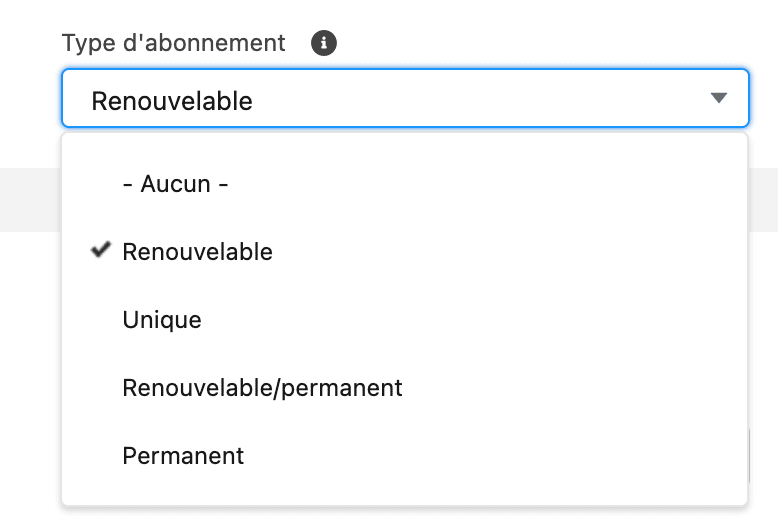
#3 Contract and amendment management
CPQ integrates contract and amendment management, and above all gives you a clear process for managing them.
My advice
A rider is a modification to a subscription during the life of the contract. For example, an upgrade, an increase in quantity, a reduction in commitment, the addition of options, etc.
I often see that my customers don’t have a real process for managing endorsements before CPQ arrives.
The main principles:
- A contract must be activated before riders can be created.
- The renewal opportunity must be created as early as possible, and it automatically absorbs all changes. On the renewal date, you automatically renew all the original services, with all the add-ons added during the life of the contract.
- The original contract also absorbs all changes made by the rider mechanism.
- Renewal creates a new contract. This is sometimes a problem for our customers. Indeed, their back office sometimes manages the same contract number even when renewing. In this case, all you need to do is use the Master Contract concept in Salesforce CPQ.
#4 Setting up a portal accessible to partners
The next step is to open up CPQ to partners, so that they can produce complex quotations and save you considerable time. To use this feature, you’ll need Experience Cloud licenses in addition to CPQ+ licenses.
No more e-mail exchanges and reference discrepancies! What’s more, the partner will be able to see his margin more quickly, as well as the customer’s existing fleet (if you give him access).
In order to control discounts, we recommend you add an approval process so that verification and discounts remain in your hands.
#5 Integrations with your software ecosystem
In my opinion, there are two key integrations with your software ecosystem:
- ERP – inventory & capacity management
Inventory and capacity management is a common request, for which we can turn to tools such as the French monstock or the American topShelf.
- Reporting / Pre-accounting
We’ve already integrated a number of tools. You can use the standard Revenue Cloud or connect your Salesforce to any system. Prerequisites: an API and comprehensive documentation. In general, we work on a “mapping” basis, i.e. you provide us with screenshots of Salesforce and the target tool, specifying that such and such a field goes into such and such a field, and so on.

